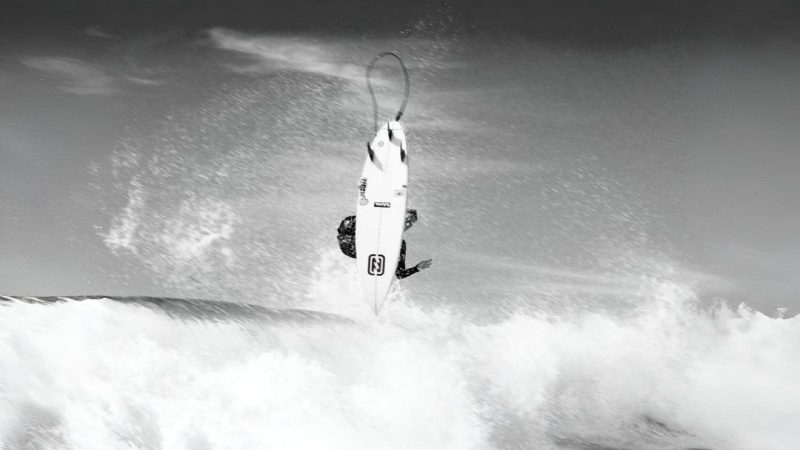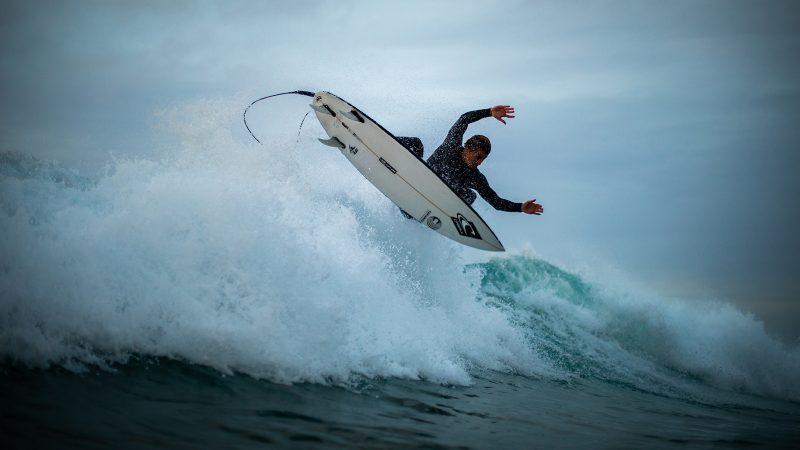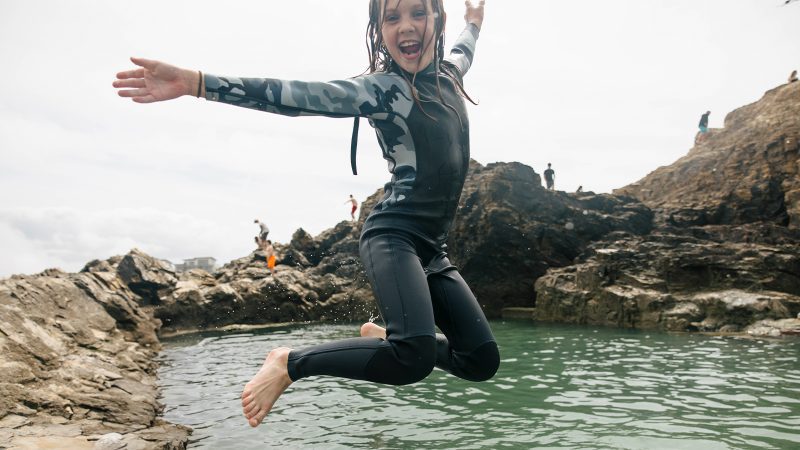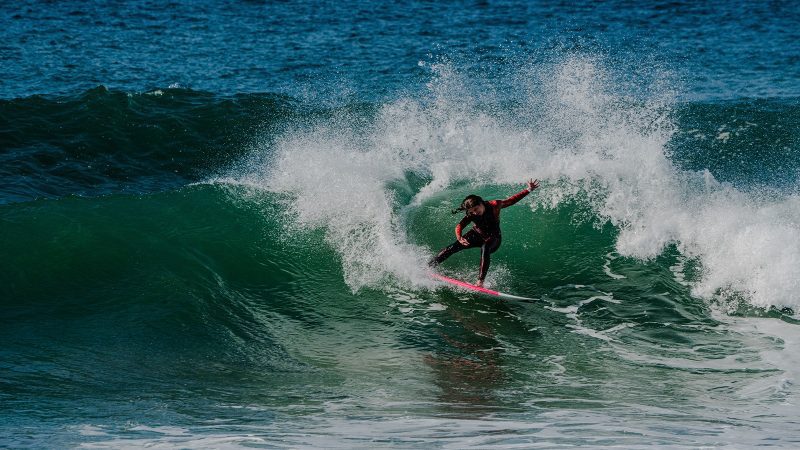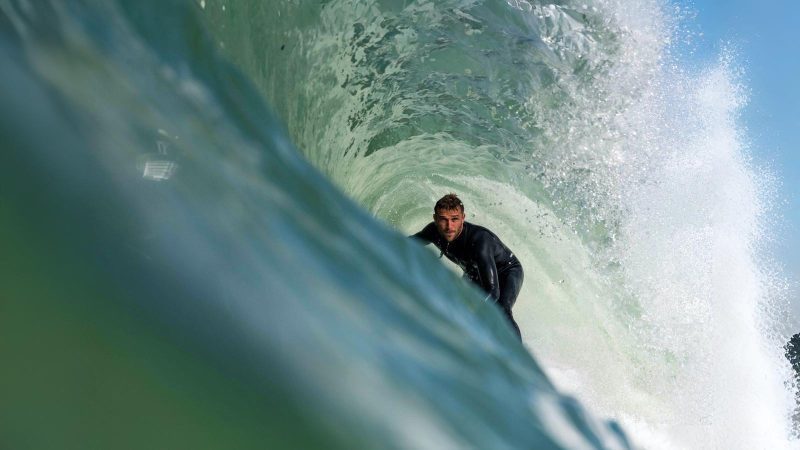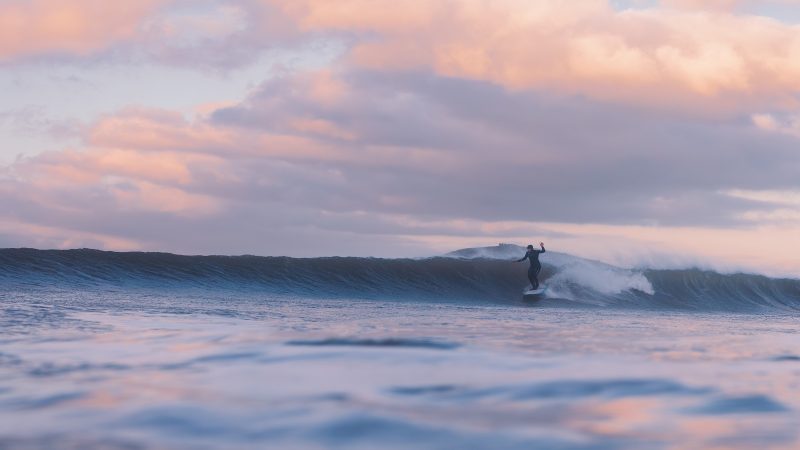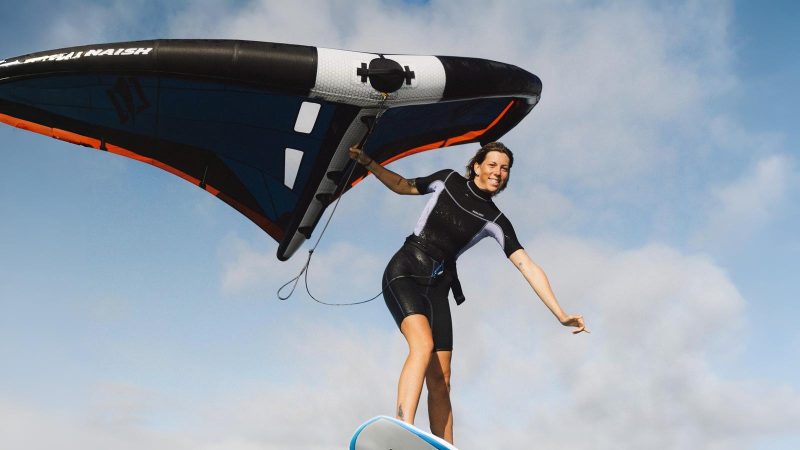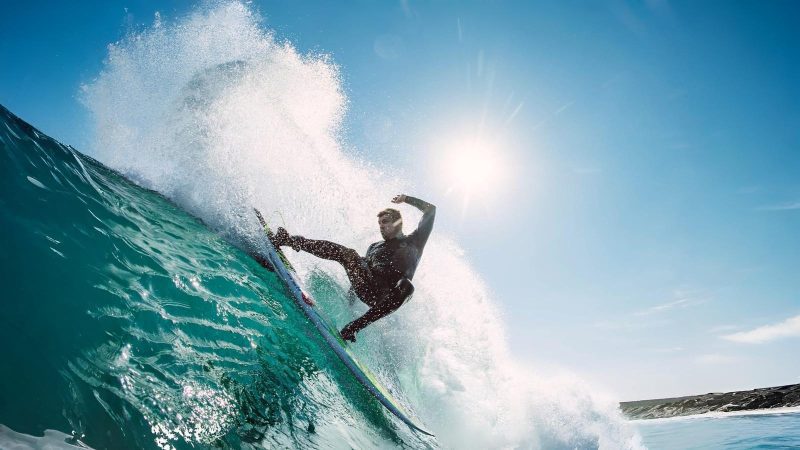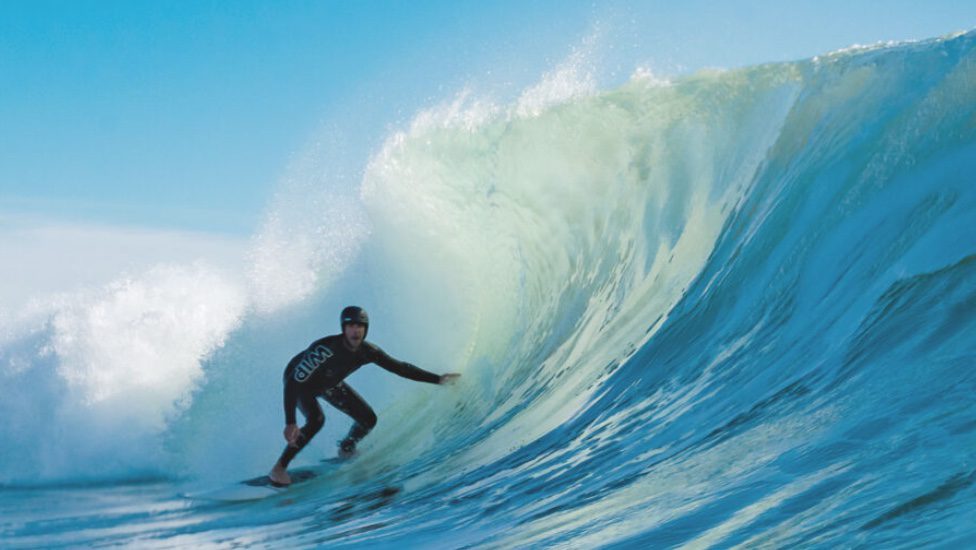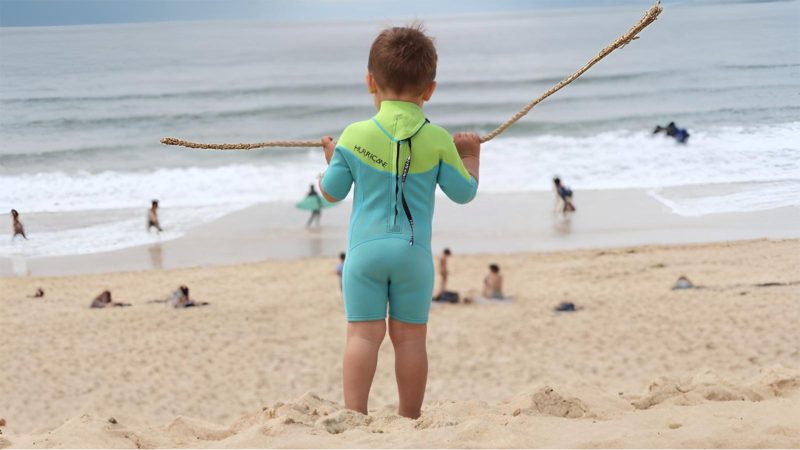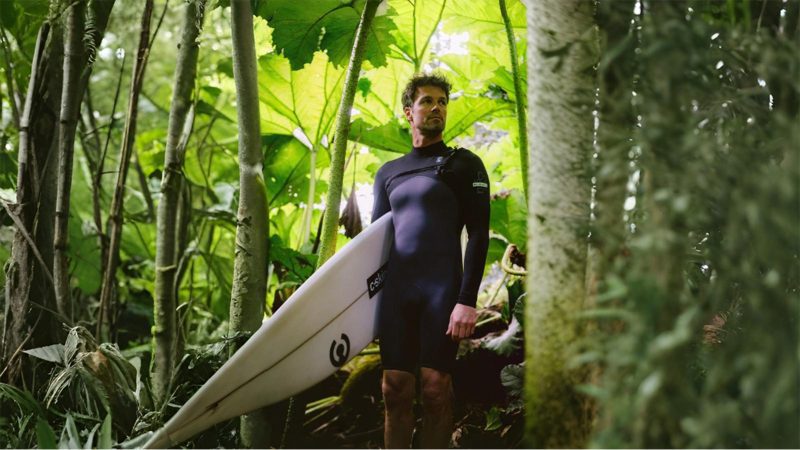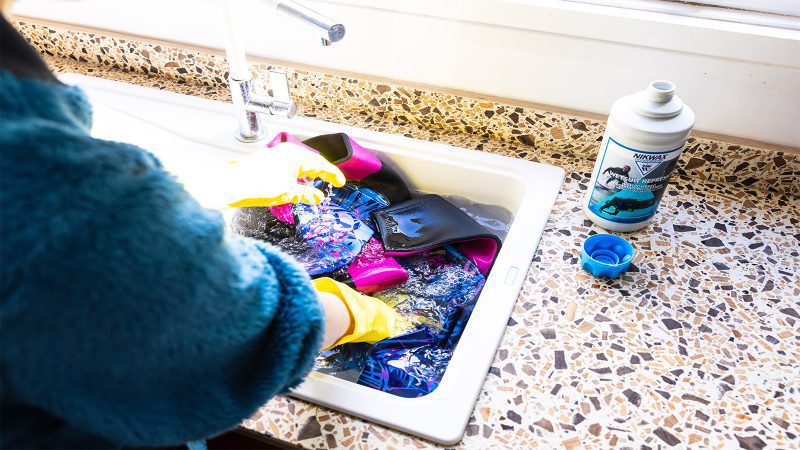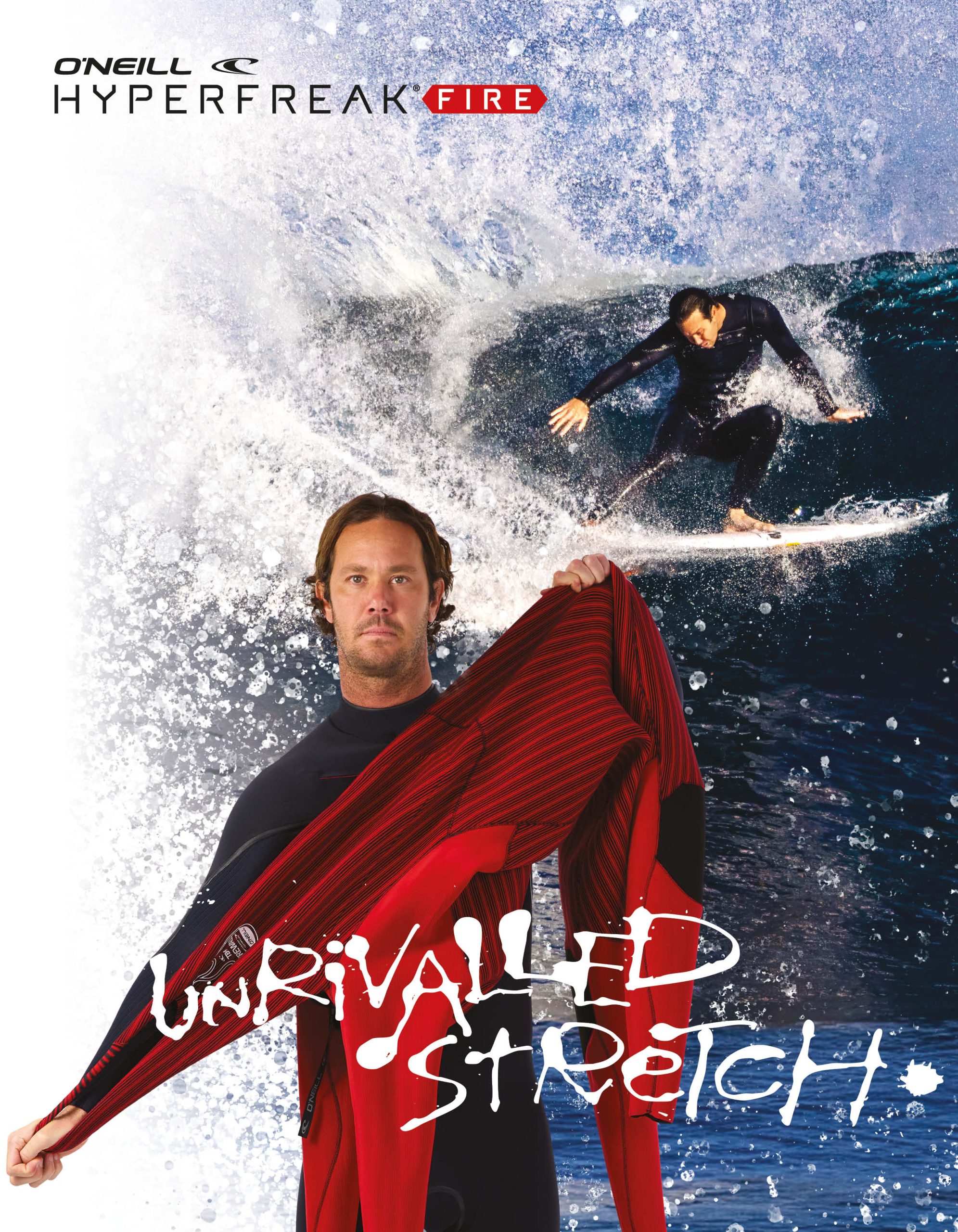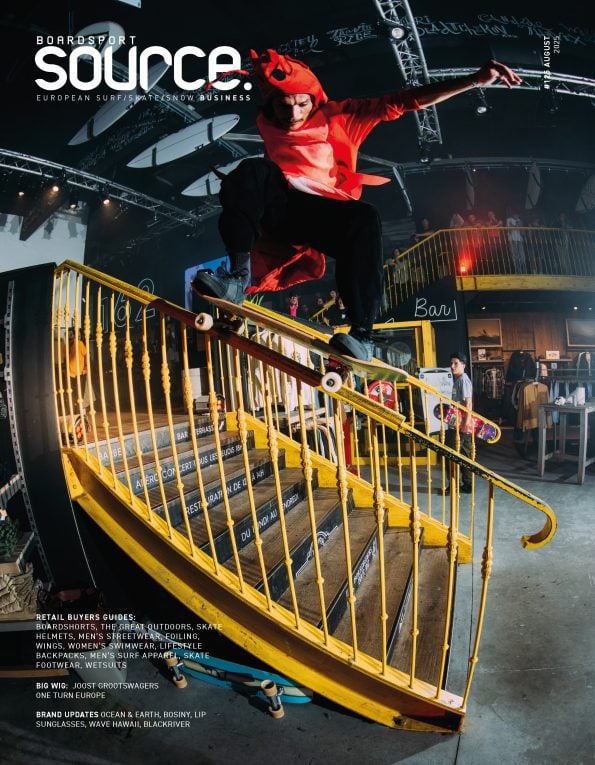Wetsuits S/S 2026 Retail Buyer’s Guide
After a couple years hitting the brake pedal, the wetsuit industry can eventually spread its wings again and soar, helped by a wind of change, fueled by more sustainable rubber options. Spring-Summer 2026 preview by David Bianic.
If it wasn’t for that bad cold that plagued the world in 2020, we cannot but imagine the success the wetsuit industry would have met in normal times. The early pandemic stasis, the resulting frenzy for freedom and the premature hungover caused by a 2 figure inflation… That context slowed down the business, precisely at a time of great innovation, the kind you don’t get to see every decade. We are talking of the alt-rubbers which spurred the market, inspired by a will to take distance from the oil-based neoprenes. After almost a 3 year hiatus, brands are starting to see some “green shoots”, says Jimmy Pinfield, Marketing Manager for C-Skins: “We’ve seen a strong response and growth in our NuWave natural rubber line. Dealers were keen to get behind more sustainable options and something fresh, especially with the market feeling stagnant post-Covid.” Same feedback from Rip Curl as their new natural rubber foam introduced in the springsuit range this Spring 2025 met a highly positive response, “with excellent sell-in results confirming the growing demand for more responsible, high-quality products in the category”, confirms Bastien Grandy, Wetsuit Product Manager Associate. And the figures back up the trend. O’Neill reveals their SS25 and FW25/26 Presell campaigns have been great, after they committed to running the same line for multiple years until the inventory problems were solved. “Once we ran new styles and colourways for 2025, the investment paid off and we saw solid growth in our Preorders; +20% for SS25 and +40% for FW25/26”, shares Joe Turnbull, European Sales Director for O’Neill Wetsuits. According to Nicolas Guerard, Social Media & PR Manager at Picture Organic Clothing, they saw “a notable growth in wetsuit rentals, especially among surf schools”.
SS26 Line-ups & pricepoints
As recalled by Joe at O’Neill, brands tend to update their wetsuit line each winter season, “and the following spring/summer takes those updates into thinner models”. So SS26 is basically a trickle-down of the offering we monitored in issue 123 (FW25 Wetsuits). Still from O’Neill, we will thus see redesigned Hyperfreak Fire series and Psycho Tech series, featuring increased graphene for heat retention, and an update of the O’Riginal RG8 natural rubber series “featuring the latest Yulex 2.0 foam which we laminate with our own hydrophobic microline fabric jersey”. But the spring-summer pieces don’t always mirror the latest winter offering, and some introductions help refresh the customer interest. For example, Alder is launching a completely new style called Freeride FX for SS26: “It’s an entry level GBS with specific FX stretch on shoulders and arms, we are also making eco updates to current styles”, adds John Westlake, self-proclaimed “all things neoprene” officer at Alder.
The fellow Brits from C-Skins are also introducing “fresh silhouettes like the Session Lite and Solace Lite range and introduced tech updates in areas of the Legend and Surflite”, tells Jimmy Pinfield, Marketing Manager. The thinner suit trend is a thing as seen in Picture’s range, with the addition of the Meta 2/2mm made with Eicoprene. Even thinner, let’s mention the unique Steam 1.5 fullsuit from WIP. While their range focuses on wing/wind/kite/foil practices, this model uses “a super-stretch 1.5mm neoprene with unique Lycra sleeves and design for greater comfort and excellent freedom of movement”, explains Benjamin Tillier, Marketing Manager, which makes it the perfect summer solution. The wetsuit features various panels with thermoplastic plates and high-density foams for improved comfort when falling into the water. As per Rip Curl, they aim to “re-enter the entry-level segment with newly improved keyshapes”, reshaping the Classic segment in Spring 26, after revamping 70% of the Ultimate and Core segment steamers in Fall 25. Pricewise, ‘steady’ is the keyword, essentially thanks to brands being “mindful of where price points should sit and we never pass a surcharge on to retailers or customers”, say in unison Katharina Kern (Wetsuit Product Manager) & Valentin Bourgeon (Brand Marketing Lead) at Billabong. Soöruz confirms as well prices will remain unchanged from 2025 to 2026. There is still upward pressure due to materials, natural rubber and recycled linings, which are “more expensive than traditional options”, says Jimmy at C-Skins, “but we’ve done our best to offset this with currency gains. The result is minimal impact to the dealer”. But then comes the US administration tariffs, looming over the global exchanges, which led a brand like O’Neill to be cautious as they “haven’t set final pricing for SS26 yet as the factories try to deal with planning for Trumponomics before agreeing to their final quotes”.
SS26 Neo-neoprenes
While neoprene historically refers to polychloroprene foam (petroleum-based), let’s agree to use the term neoprene for all rubber compounds, regardless of their type. The abundance of solutions on the market shows the industry is well and alive, but may also mislead the not-so educated customer. Unless you have been put into an induced coma for the last decade, Yulex surely is familiar to you. The hevea-based neoprene pioneered by Patagonia has known several iterations and slowly made its way into the ranges of many brands. A next step has been made lately, explains Thomas Chastol, Product Manager for Oxbow: “As the market evolves, we are now able to offer natural rubber without being dependent on Yulex. We now can find natural rubber foam as good as Yulex, even with a better performance. Then, external fabrics and thermal lining are both recycled fabrics.”
Billabong went for a similar move after a few years using Yulex as they switched 60% of their range to their own proprietary natural rubber in FW24. “This does not change in SS26: our high and mid tier price points, steamers or spring styles alike, are made from our proprietary natural rubber formula”, reaffirms Katharina and Valentin. After carrying-over their previous generations of chloroprene suits, “to preserve the value of our current stock holding”, GUL is switching to a ‘NatuR’ natural rubber, a plant-based alternative to traditionally produced neoprene “that dramatically reduces the garment’s carbon footprint by up to 80%!”, says an enthusiastic Jack Knowles, Sales Manager.
Among the other proprietary natural rubbers, we have the Pro Limit’s NaturePrene 2, a biobased “neoprene”, using a mix of FSC-certified rubber tree (hevea), oyster shell powder, soybean oil, carbon black (recycled tyres) and water-based glue.
Speaking of oyster shell, let’s give credit where it is due as Soöruz pioneered this more sustainable solution for limestone rubber, before it made its way in many brands’ lines: “Our Organic Oysterprene foam has proven itself on the market for two years now. It is the result of 10 years of development to reduce our environmental impact. It is a sure bet. All Soöruz wetsuits, without exception, are made with our organic foam”, says Antoine Dalibot, CEO, who won Eurosima’s Call for Innovation Projects twice, in 2020 for the Oysterprene and in 2024 for its recycling programs. Yet, a few options with classic neoprenes can still be found, as some of them know quite a cult-following. Starting with the Yamamato limestone foam, featured in the Zambezi range of Hurricane Surf, a newcomer on the wetsuit segment, while their lower tier Mamba (mid-range) and Buffalo (entry-level) use CR neoprene (chloroprene). O’Neill partially sticks to limestone neoprene as their TechnoButter compound offers a unique stretch-to-lighweight ratio which has been a crowd favorite among surfing connoisseurs. “The rest are either made from Ultraflex neoprene or Yulex natural rubber”, adds Joe Turnbull. Rip Curl took a pragmatic approach, choosing the best from both worlds. They still use chloroprene (neoprene) foam on the high-end Flashbombs and the entry-level New Classic segment. Whereas the E-Bomb and Dawn Patrol, “our high-volume drivers”, are based on Sheico’s Ocena rubber: a 100% neoprene-free, bio-based foam containing 74% certified bio-based natural rubber.
SS26 Looks: silhouettes & colors
Short legs, long arms, no arms, long legs, short arms… The combinations are endless within the Spring-Summer wetsuit segment depending on your liking. Still, every now and then, a few silhouettes seem to trend better than others. And the short-leg long-arm springsuit stands out this year, as confirmed by Billabong on their Revolution spring, C-Skins with the women’s Solace Lite, Rip Curl and the E-Bomb Shorty Long Sleeve, or O’Neill, which cites them as one of their quickest growing categories. And there are plenty to chose from, as mentioned by Antoine Dalibot at Soöruz, as their long-sleeved Shorty exists in a range of colors, zips, pro models, and more. In the women’s category, the swimsuit inspired pieces remain popular, as confirmed by Picture Organic Clothing, whose “long-sleeve top with briefs bottom is highly appreciated by women”, says Nicolas Guerard. Even closing systems differ from men to women, suggests Thomas at Owbow, as they noticed a rising interest for “half front zip rather than classic chest zip springsuit”. Summer does not equal small waves for everybody (at least, outside Europe) and WIP offers a unique Big Wave Short John silhouette: “Developed with the best big waves surfers, it can be used alone or under a wetsuit for real armor”, explains Benjamin Tillier. The 1.5mm thick short john integrates a 3 layer padding for effective impact absorption, removable pads for customized protection and a 50N buoyancy (not a lifejacket though).
For fancy colors and graphics, you will have to look on the women’s side, such as Rip Curl’s springsuits, which “are aligned with the women apparel strong capsules artworks”. C-Skins also “introduced a bit more personality”, through sublimated tropical prints and brighter details in the thinner women’s suits. O’Neill is quite relieved to introduce new styles: “Having looked at the exact same inventory for such a long time, new colours were right at the top of our to-do list.” Their women’s Bahia and Epic series will feature multiple print options “that carry over to the new Hyperfreak Skins rashguard series too” adds Joe Turnbull. The kids wetsuits also get the fun treatment on Alder Impact junior styles, which “offer fun colours and popping inks”, as well as flashy contrast colour pop in the branding for Hurricane Surf, because in the kid’s wetsuit, “it is all about the colour however and black just doesn’t work here”, assures Craig Butcher. And for the forever kids out there, we suggest you have a look at the AI Forever models in Billabong’s range, which backs up the huge success of the Andy Irons’ tribute apparel line.
Rubber care
Now a mandatory feature for many clients, the after-sale service happens to be a key factor to boost sales while improving the sustainability (yes, you can have both). Let’s start with the repair programs as quite a few brands chose to outsource this task, like O’Neill, which supports multiple Area 52 approved repair centres across Europe, “to help reduce the distance a wetsuit would need to travel and the time it would take to be repaired”. These facilities are kept stocked with their most common materials and fixtures. Oxbow partnered with the Tearing Waves repair workshop, allowing a 24 months warranty to its customers, while C-Skins operates with “one of the UK’s most highly regarded wetsuit repair services (Bodyline), and our European distributors have their own centres”.
For a seamless experience (no pun intended), Rip Curl recently digitalized the repair request process, “with improved tracking, full visibility, and free shipping both ways, regardless of warranty status or wetsuit brand”, announces Bastien Grandy. Rip Curl relies on its main repair center in their Hossegor HQ, supported by two additional partner workshops in the UK and Portugal. Oh, by the way, we shall not insist enough on cleaning your wetty for better durability, using for example the Nikwax Wetsuit Refresh cleaner, as it removes contaminants (salt, chlorine and organic residue), odours and keeps the material soft and supple.
And when the time has come to say goodbye to your trusty but wrecked wetsuit, recycling programs are on offer from almost all brands. O’Neill’s wetsuit recycling is handled by Circular flow who turn wetsuits into changing mats. Likewise at Rip Curl, which turns reclaimed wetsuits into change mats made from Renoprene, a 100% recycled neoprene, produced in Europe. To encourage their customers, Rip Curl hands them with a 15% voucher toward the purchase of a new one. There is no arguing the brands did a tremendous job to help retailers get through the overstock period, postponing their innovations until better days. And that day my man has come. Cheers.

















